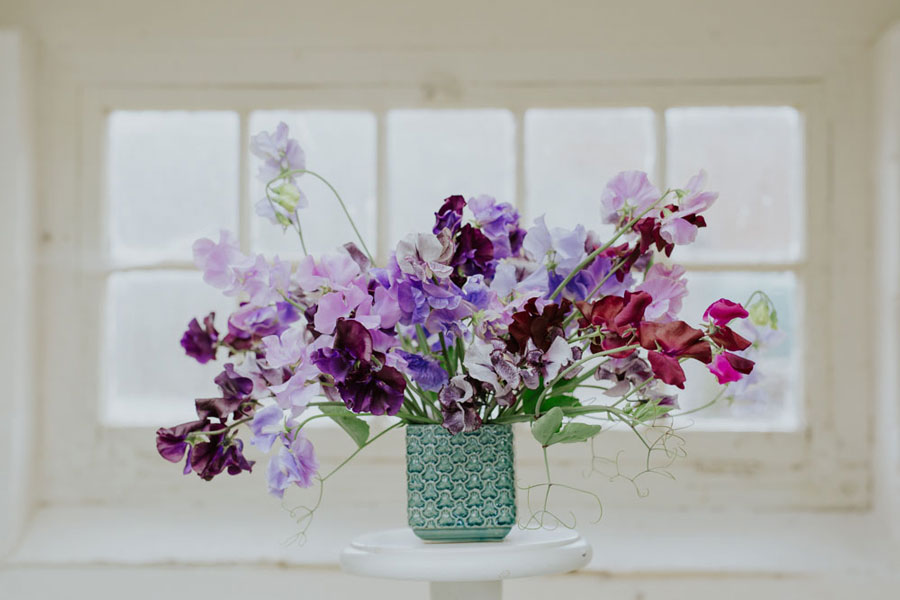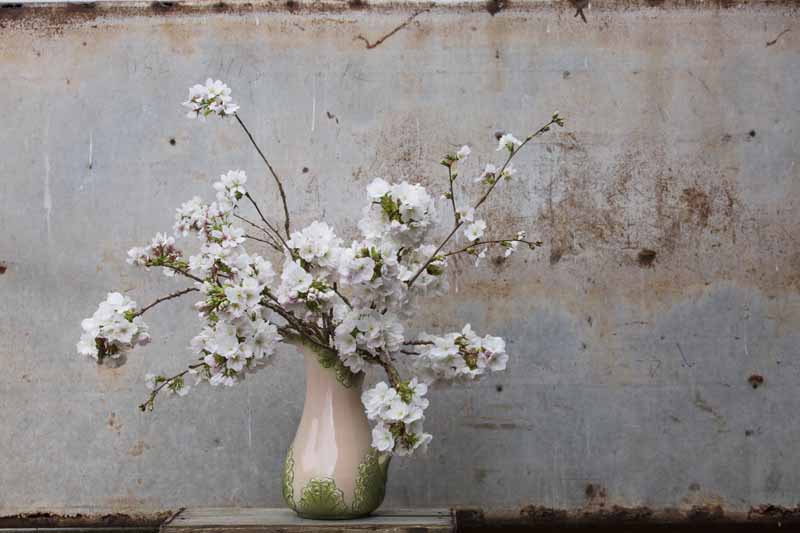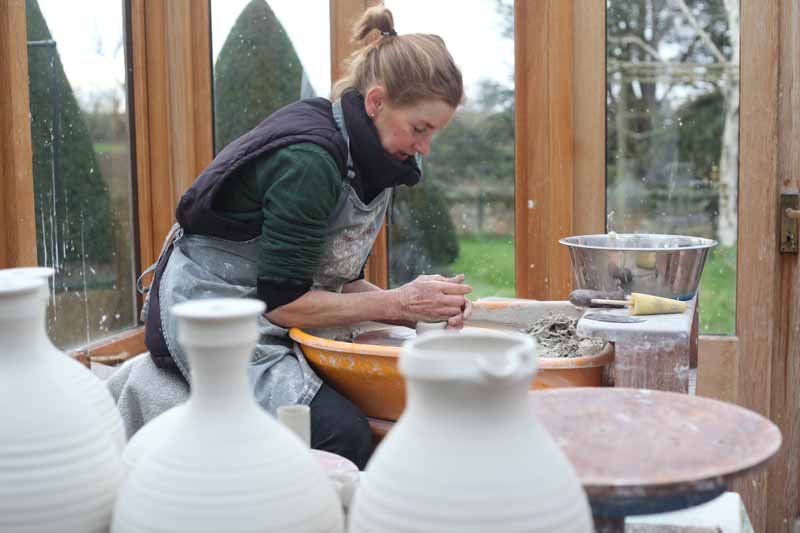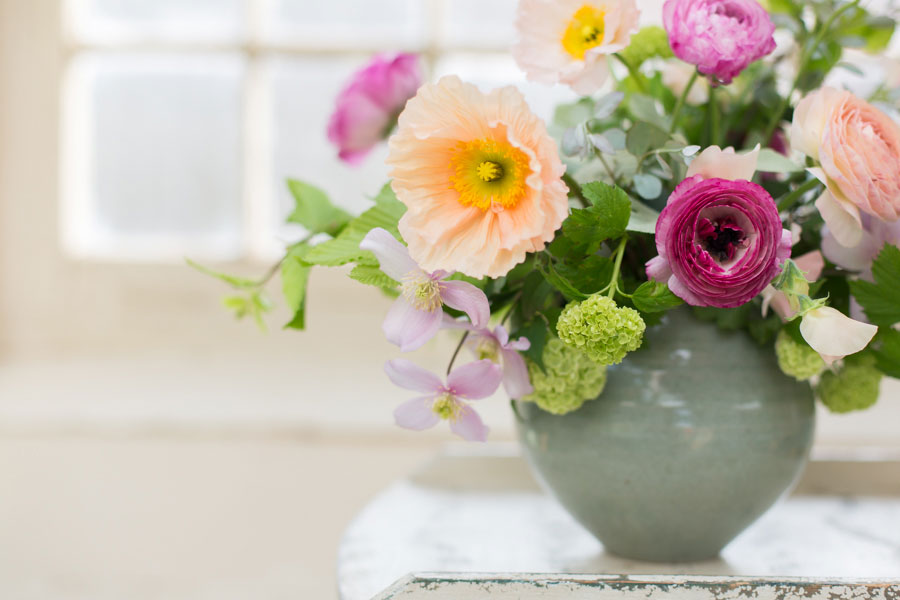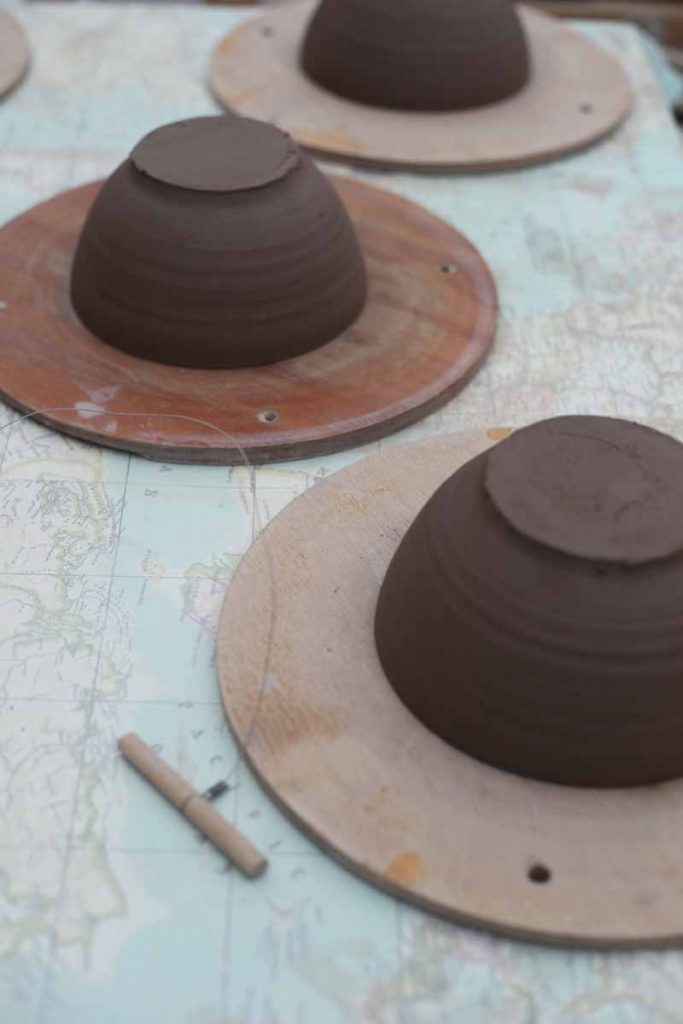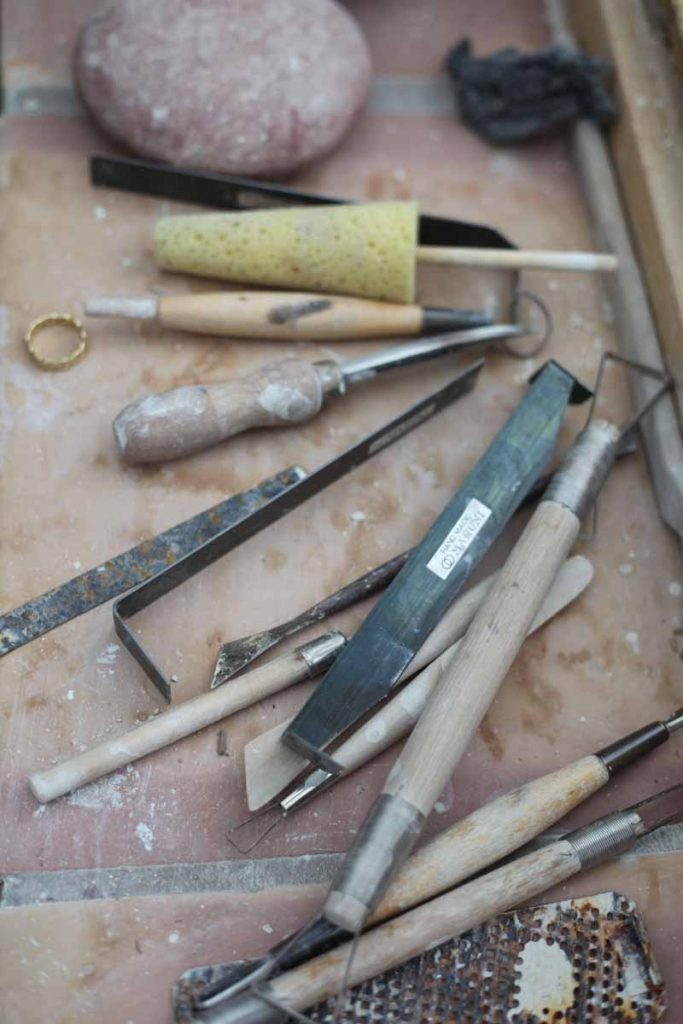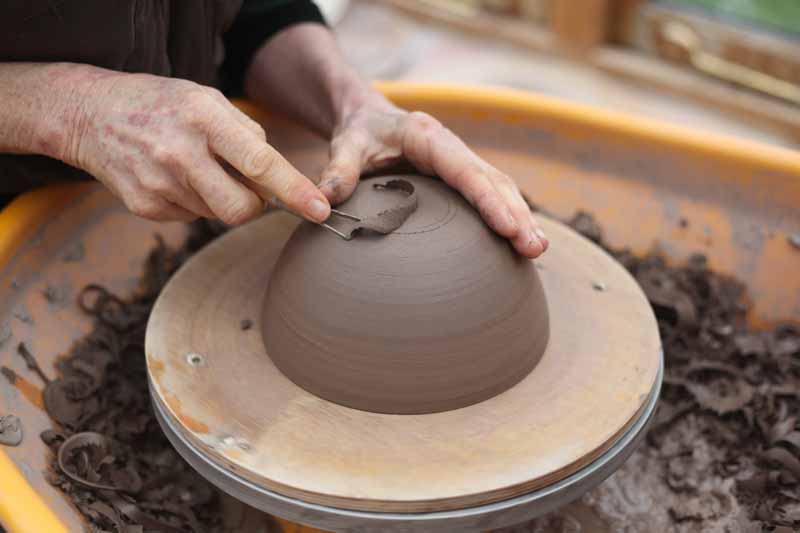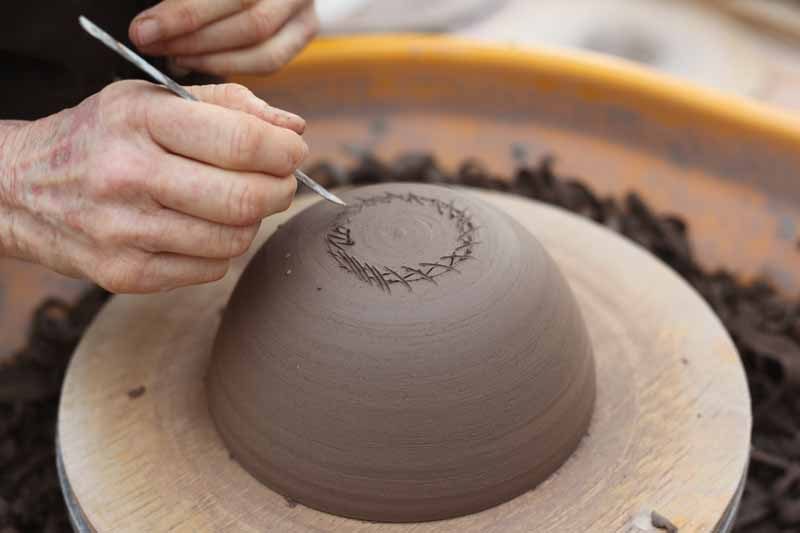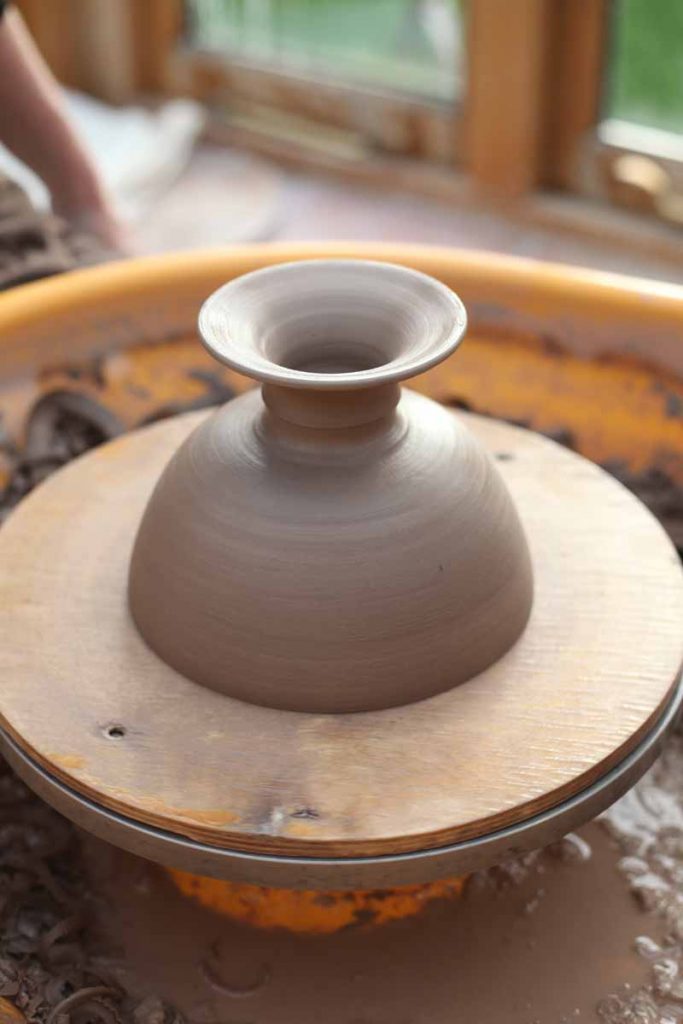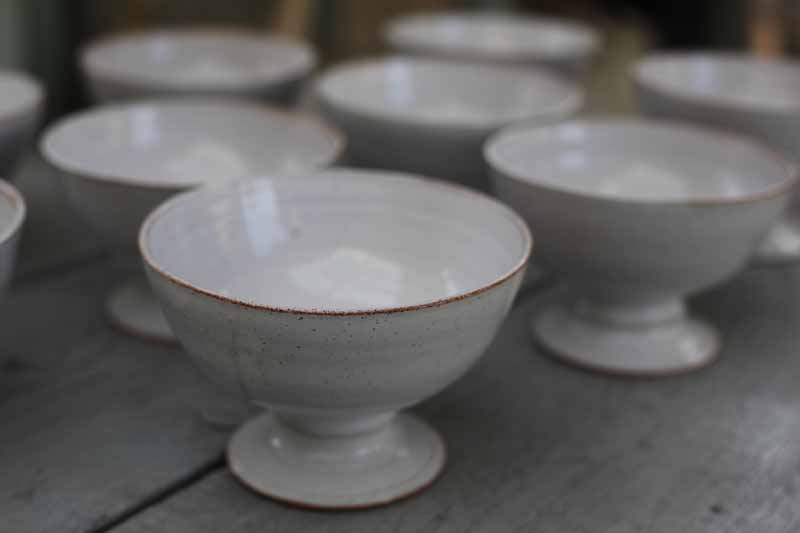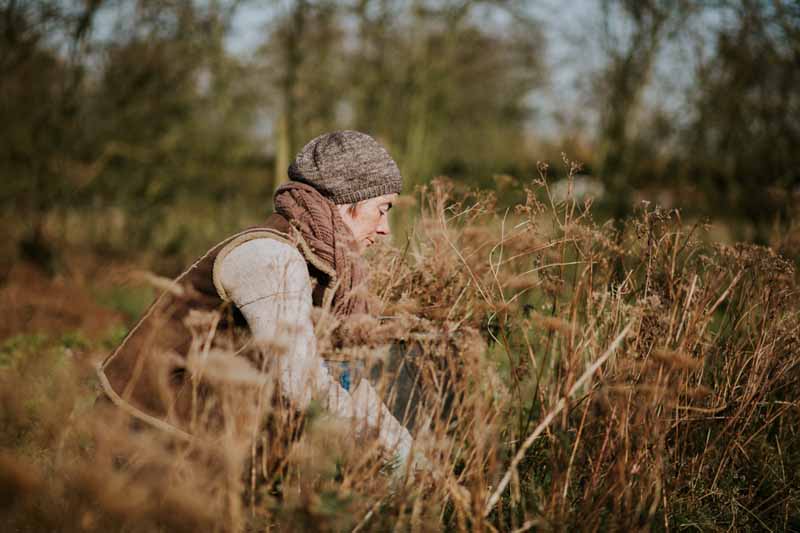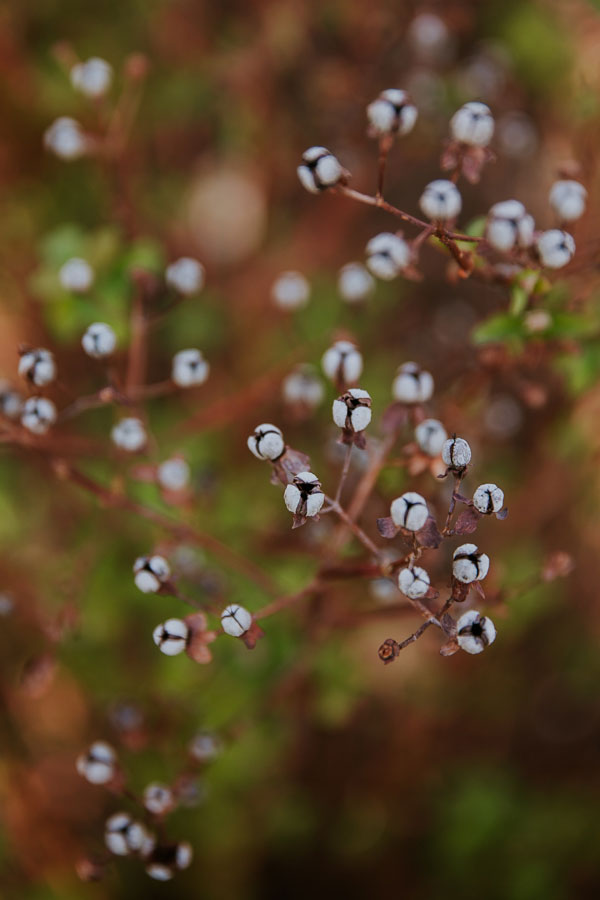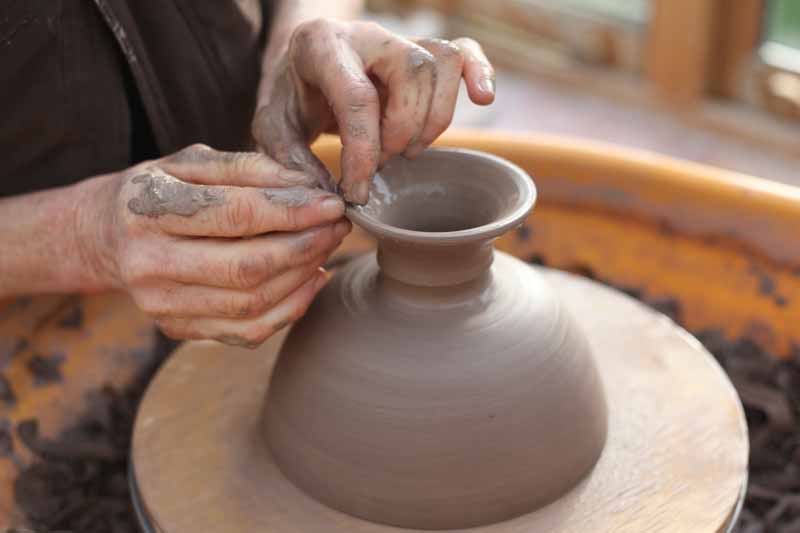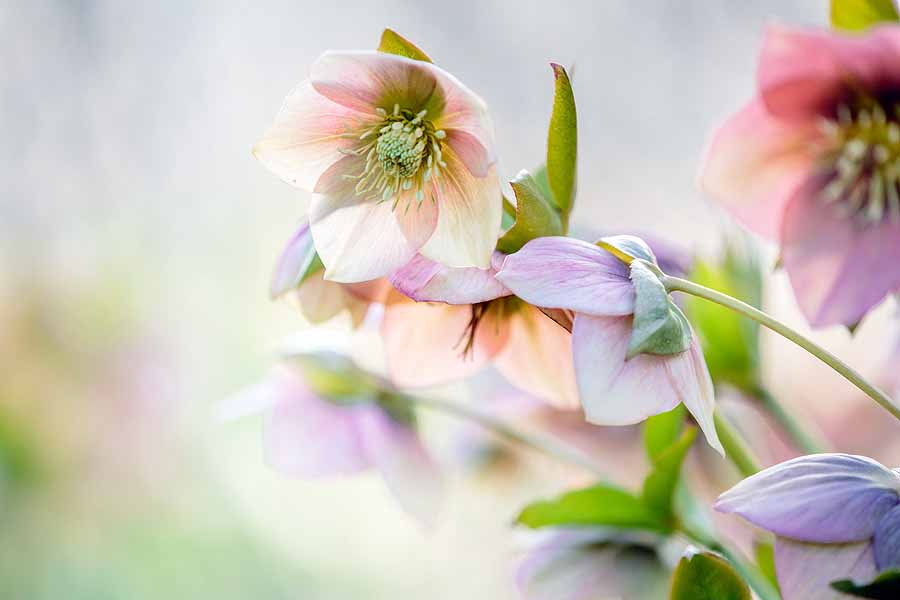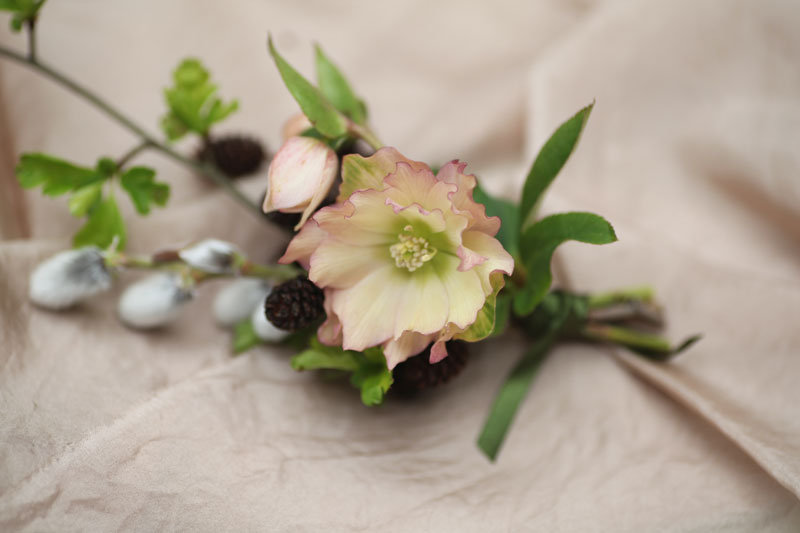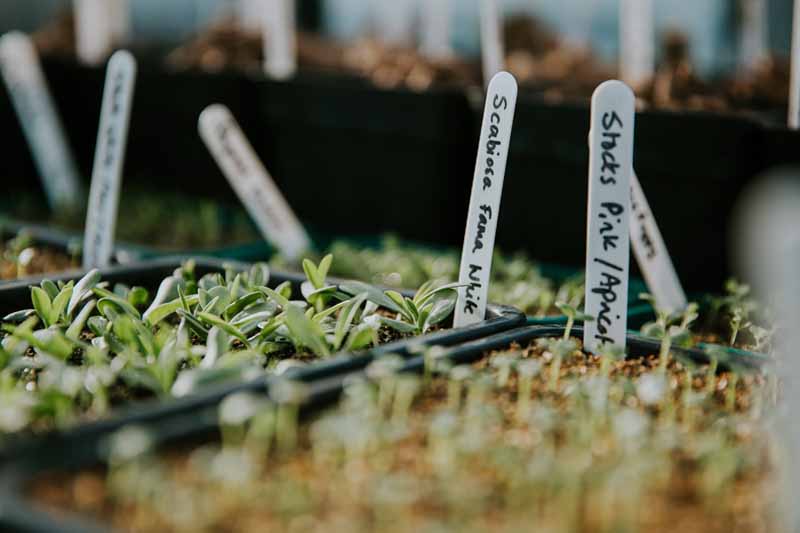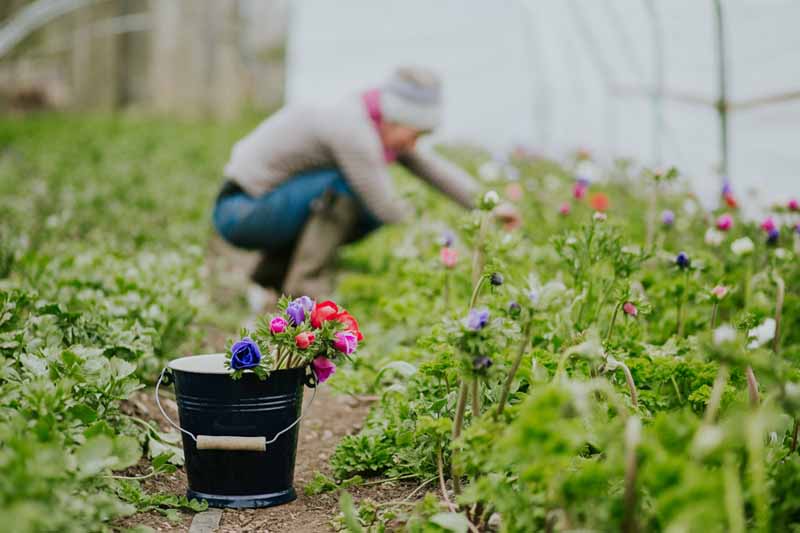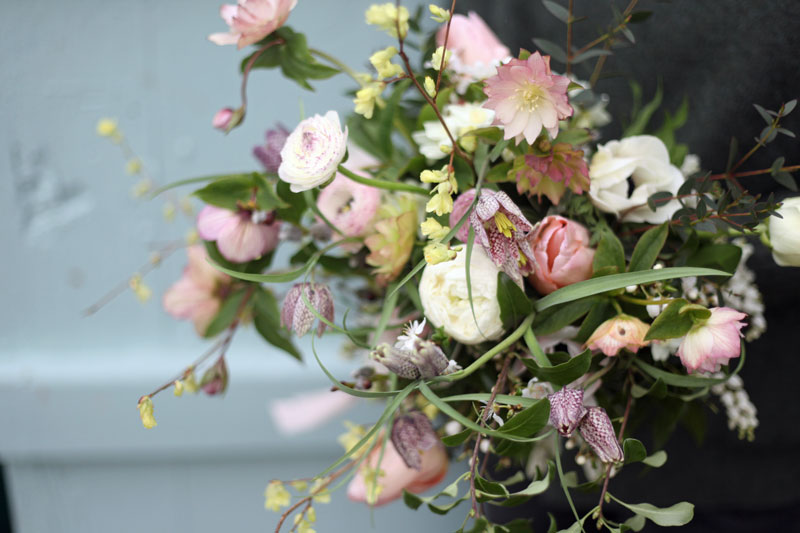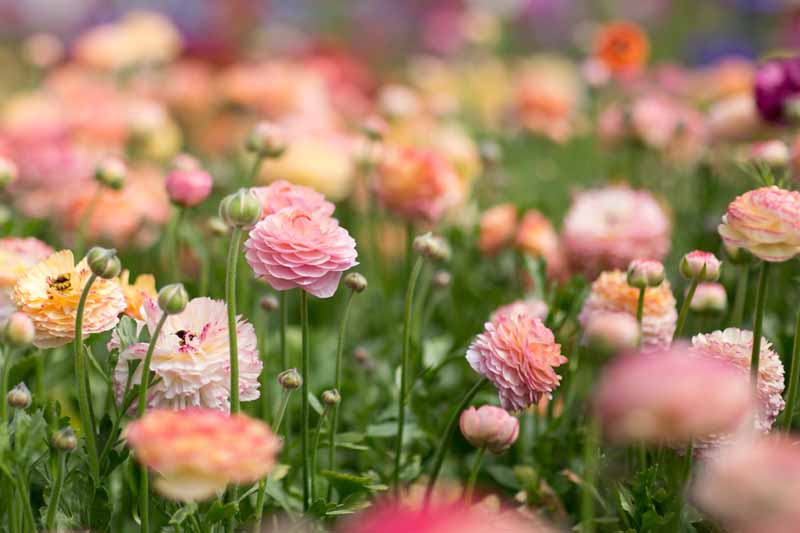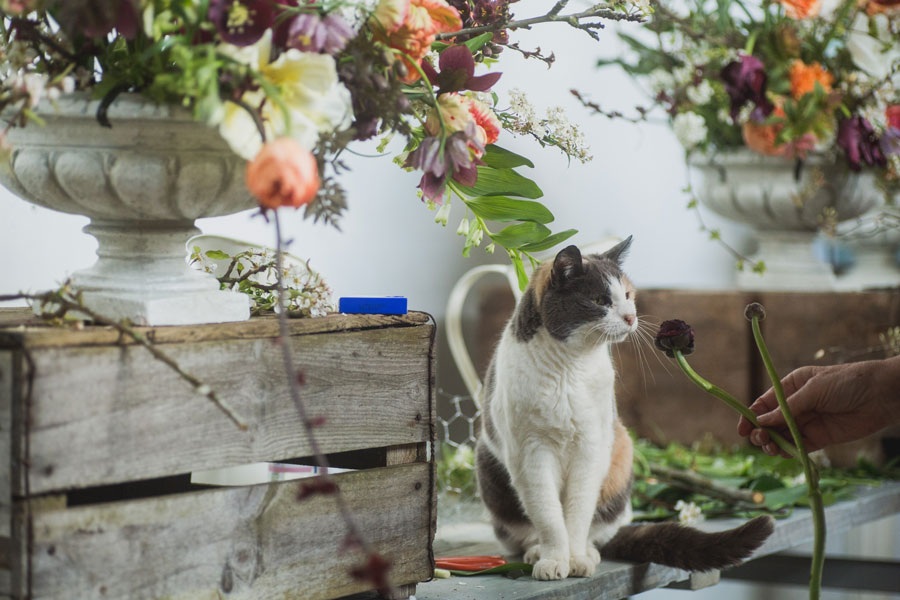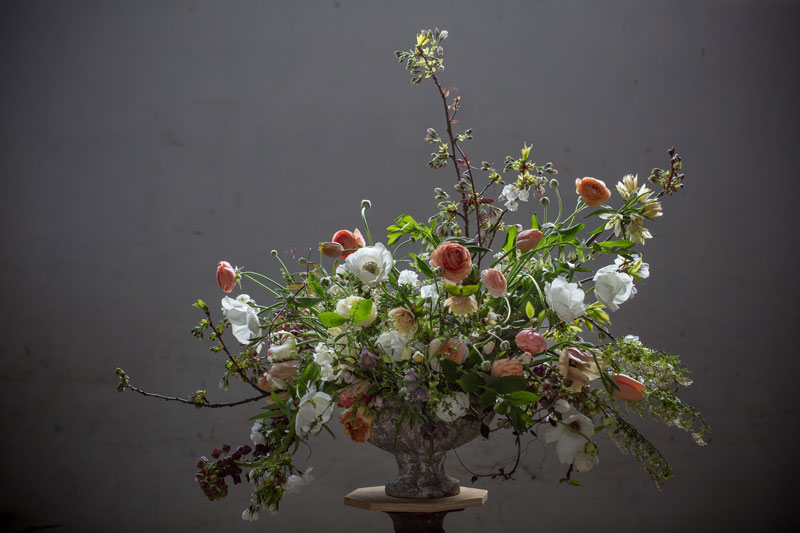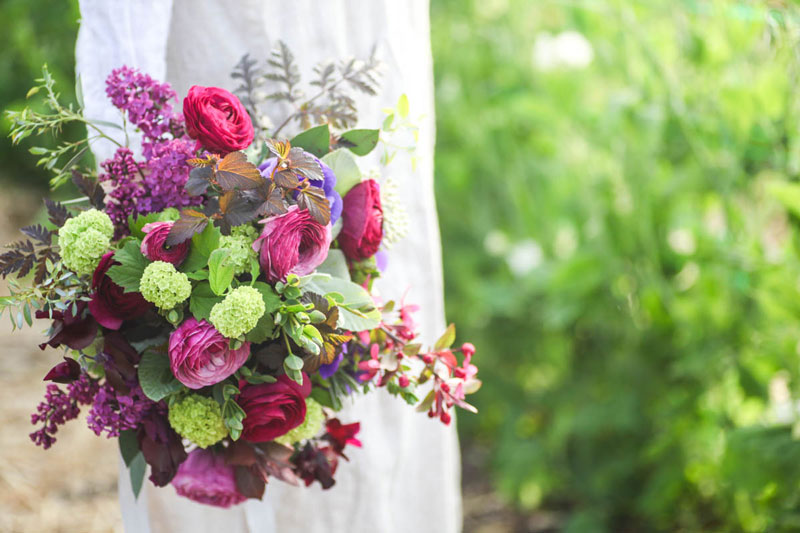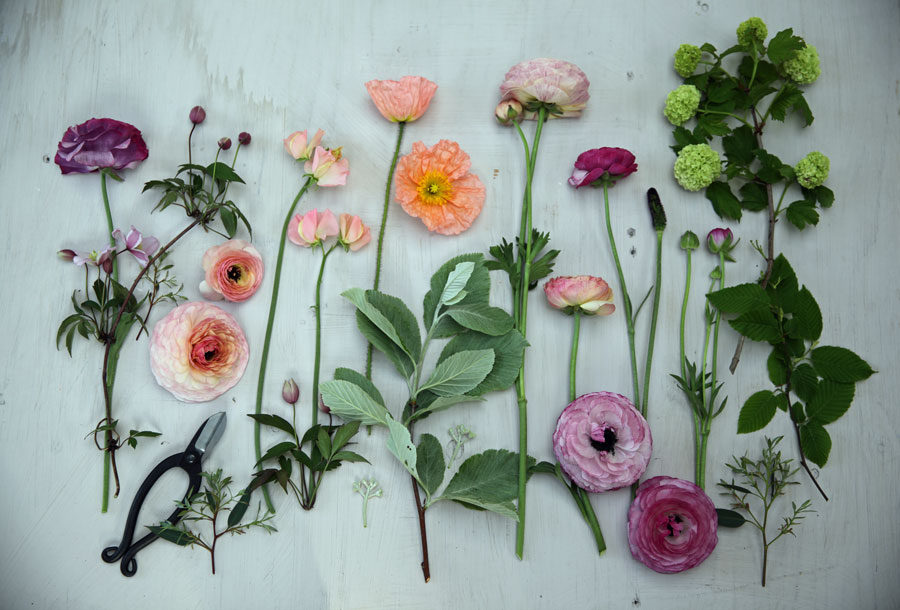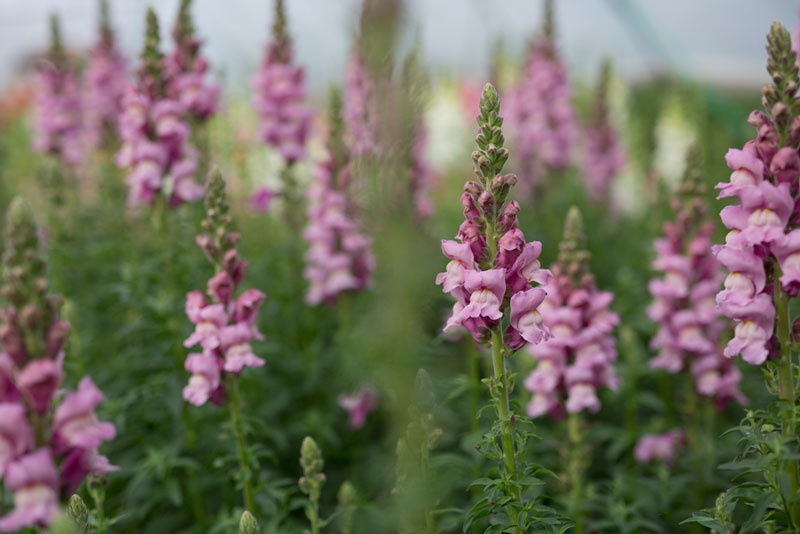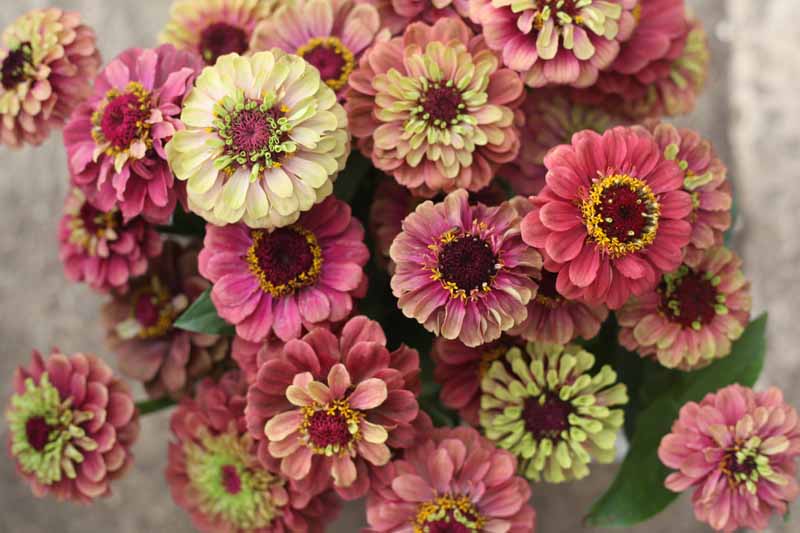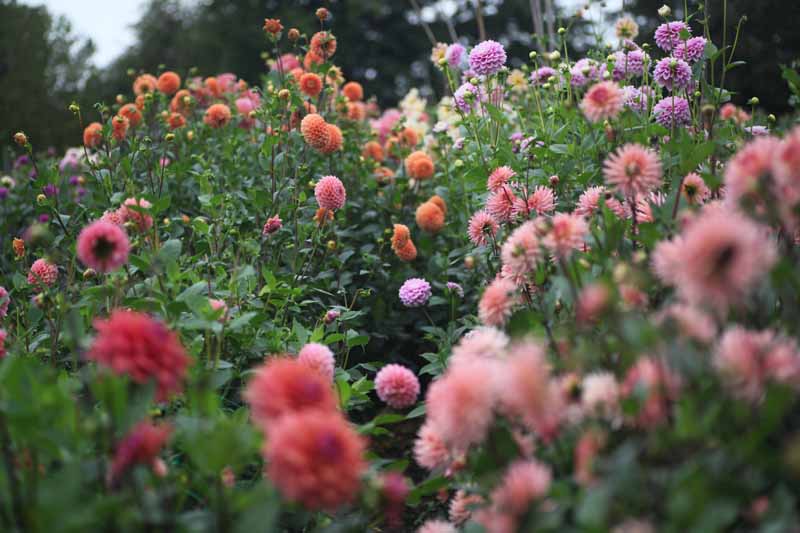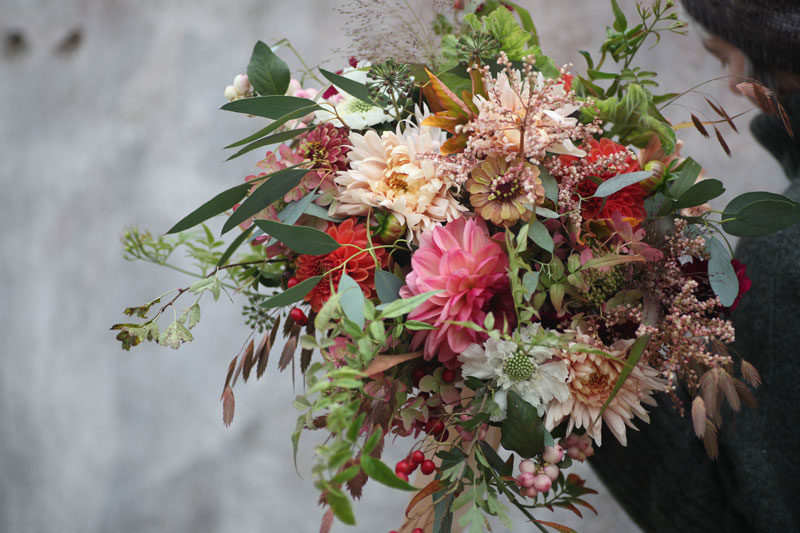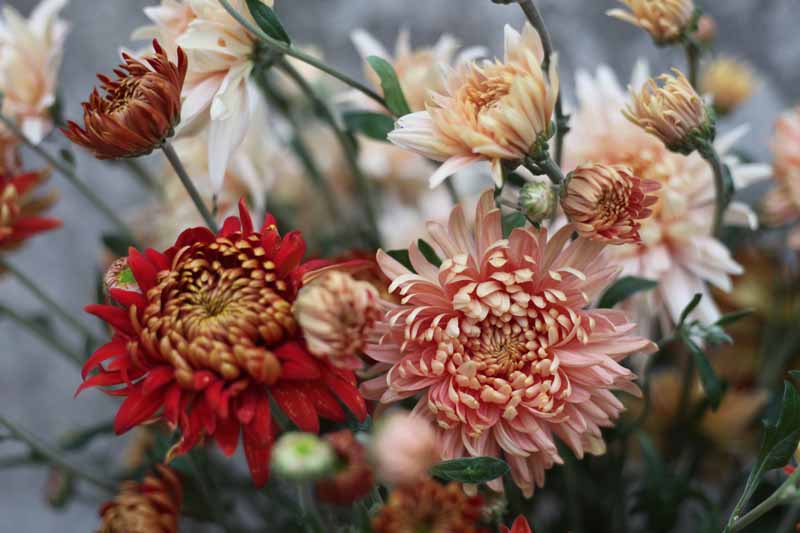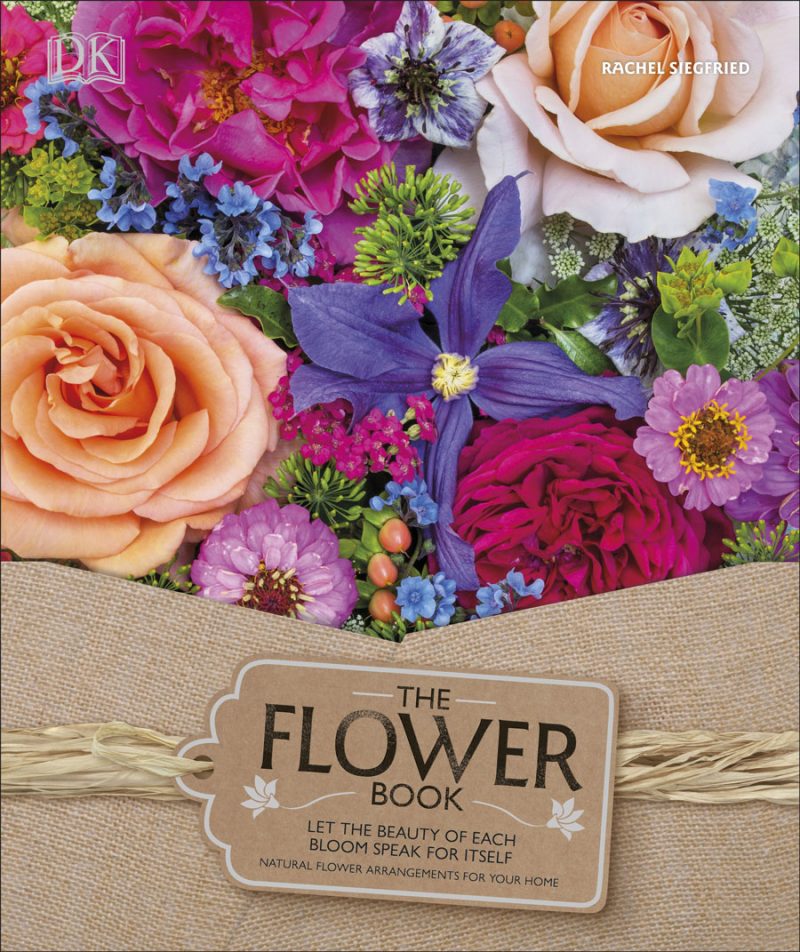
It was about this time last year that I was invited by the publishers Dorling and Kindersley to work with them on a book all about flowers and natural-style floristry.

Their plan was to feature sixty cut flowers through the seasons using their signature portrait-style macrophotography. My brief was to provide all the flowers for these and choose thirty of my favourites to showcase in a series of floral designs.
The schedule was tight with just five months to photograph and write the book. I have always dreamed of writing my own book so I thought this experience would be a useful way of learning about the process. It certainly turned out to be a steep learning curve!

We began work on the book in April, just in time to catch the first wave of spring flowers in the tunnels. Each fortnight the Flower Book team would reconvene here at the farm to shoot what was in flower that week, slowly working our way through the seasons. In my naivety I had not realised there are so many people involved in producing a book – at each shoot there was at the bare minimum the editor, artistic director and two photographers, one of whom was Clare West. She has been photographing our flowers for the past three years, and is responsible for many of the images on our website, she also teaches a Flower Photography workshop here.
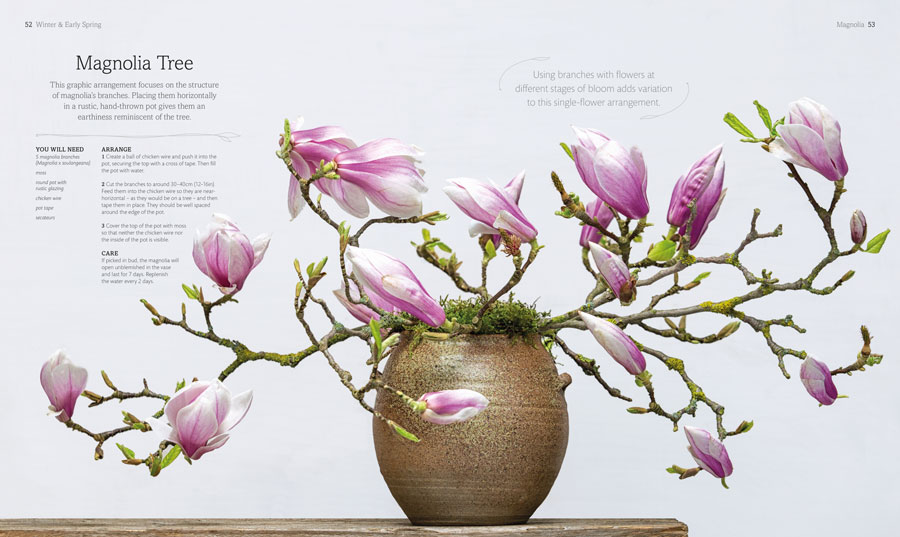
Clare was responsible for the arrangement shots and Gary Ombler for the macrophotography which exposed every hair and grain of pollen in incredible detail. It was quite a job finding the perfect flower for these meticulous images and to see them in this new light was revelatory even after years of spending so much time with my flowers.
The writing was squeezed in during spare moments of a busy growing and wedding season – quite a challenge! It certainly takes discipline although I was writing about a subject I love and know well. The premise of the book is to encourage people to have a go themselves so each arrangement comes with a list of what you will need, my inspiration behind each design and a description of how it was achieved.
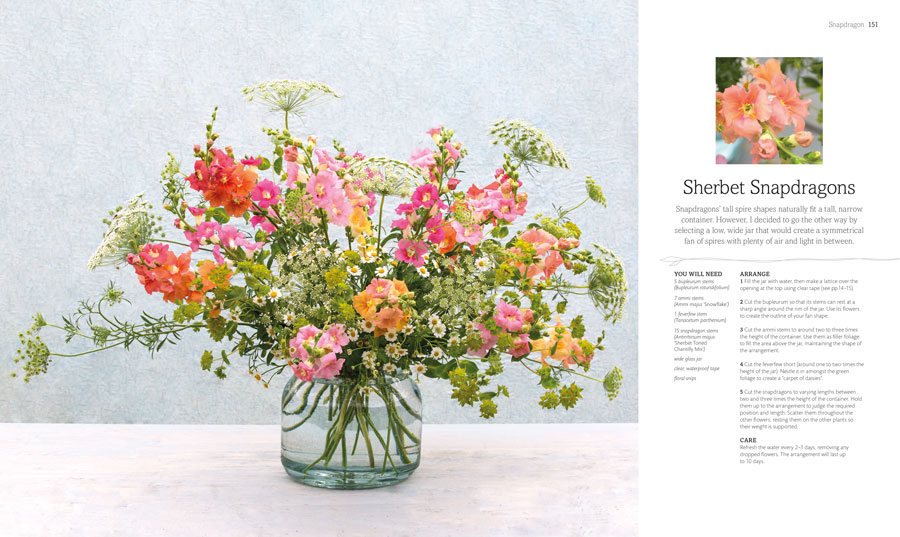
Each of the sixty flowers featured also come with advice on what to look for when buying from a florist or flower market, or for those who are able and willing, a few growing tips. There is also information on conditioning, the best way to display them and how to prolong vase life.
I have learnt so much from working on this book namely how to arrange for the camera and how to work with a publisher. It certainly stretched my abilities and patience at times but I am already keen to do another one, this time about growing cut flowers.
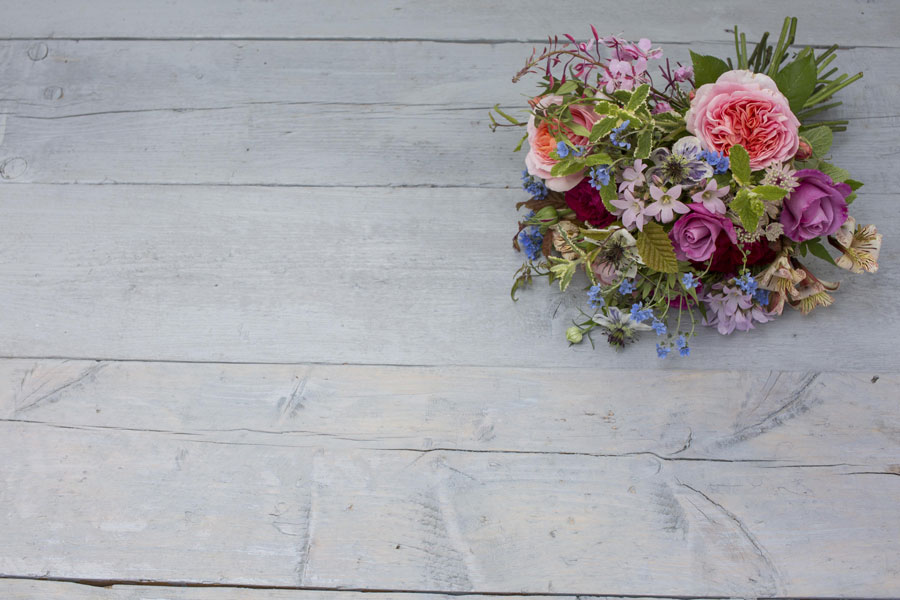
I think as a floristry book it is unique in one significant way, every flower bar the Leucospermum and Orchid were grown here on our flower farm, this makes me very proud and just goes to show what is possible.
The Flower Book is now available to buy on Amazon and I will be selling copies here on our courses and in our Saturday shop once the season starts.

